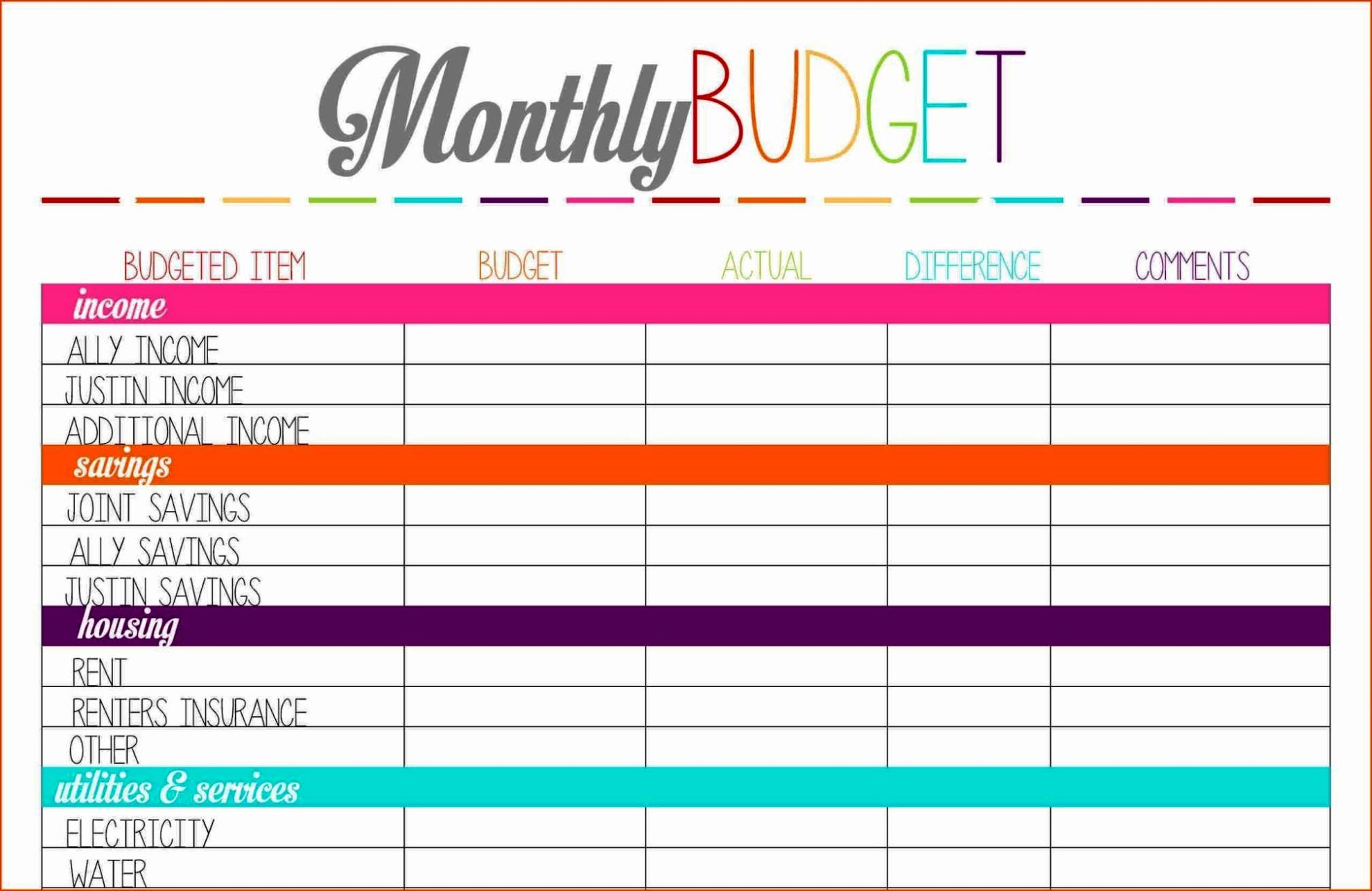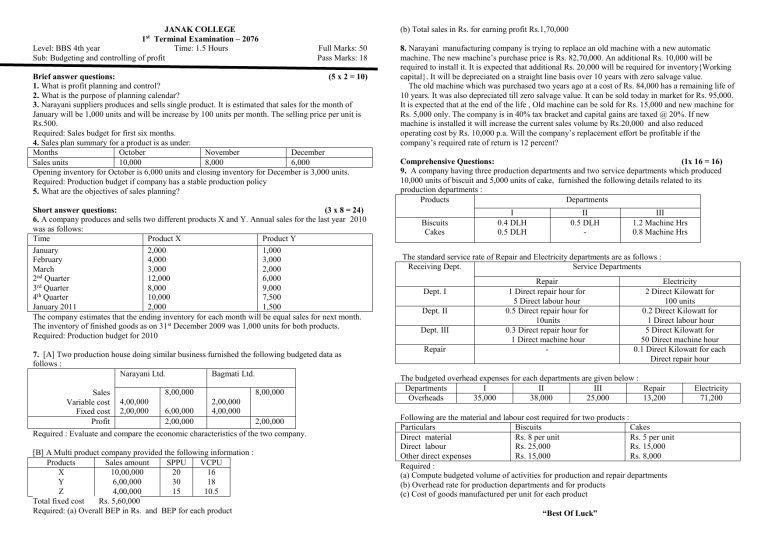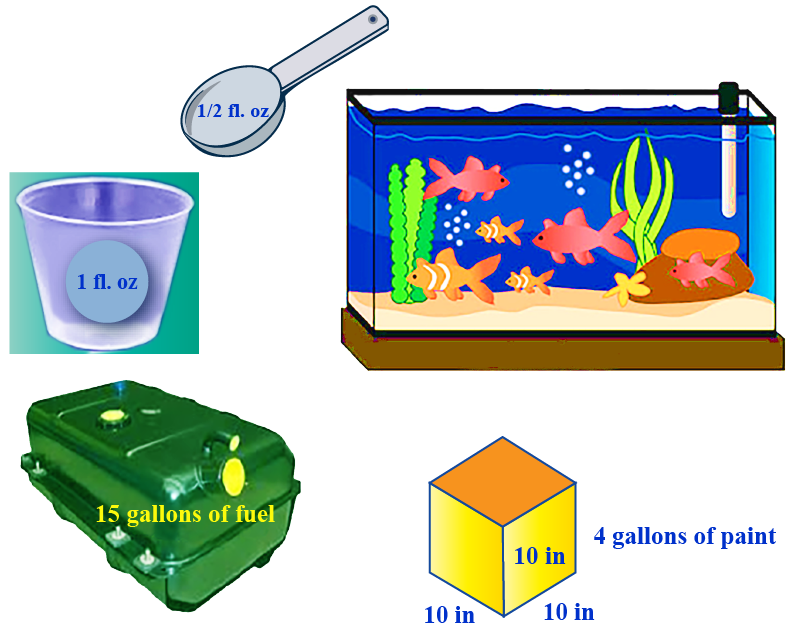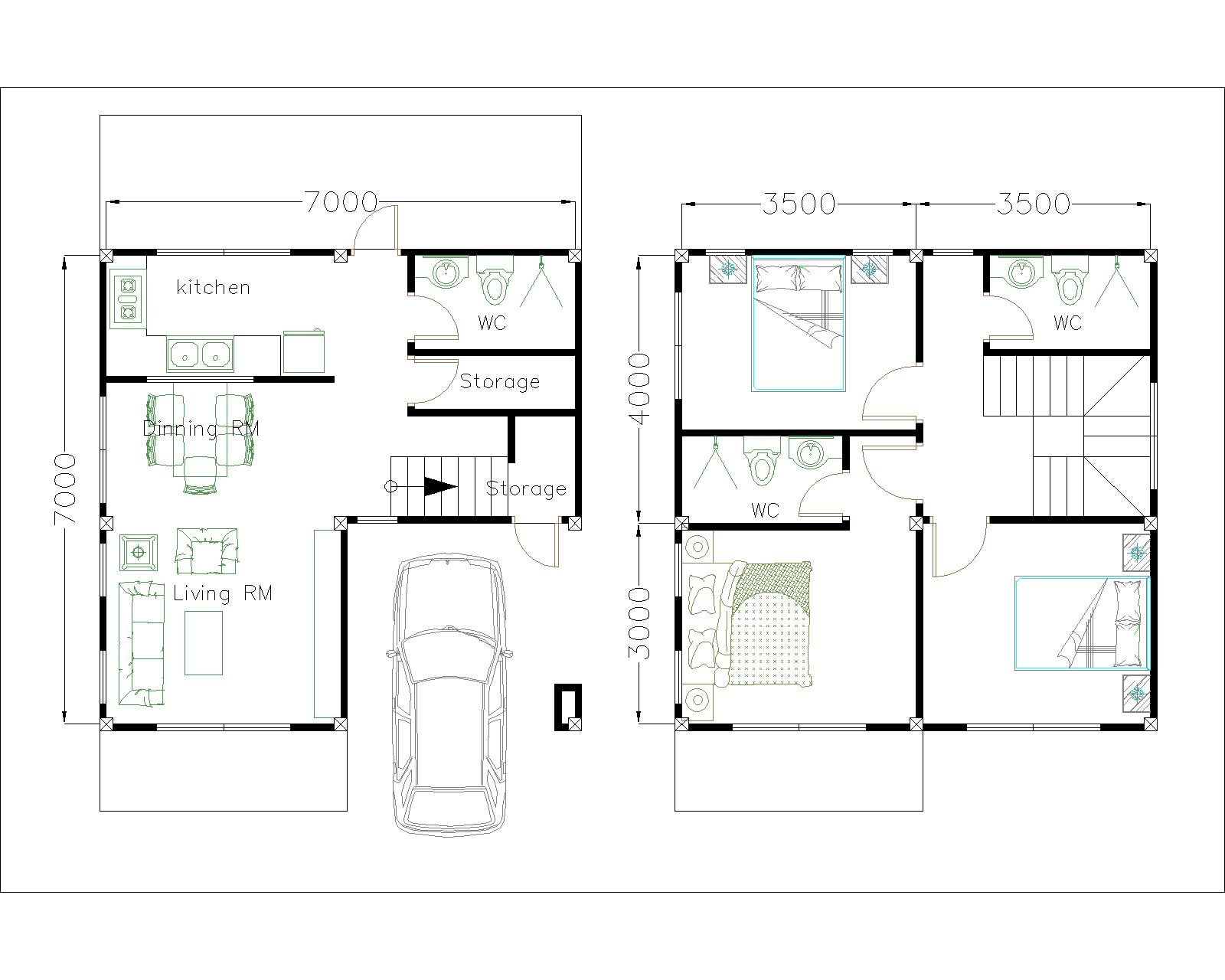1. Planning and Budgeting
Before diving into the exciting process of designing your dream kitchen, it's important to take a step back and plan carefully. Start by setting a realistic budget for your project. This will help you make decisions and avoid overspending along the way. Consider all factors such as materials, labor costs, and any unexpected expenses that may arise.
2. Measuring and Assessing the Space
Next, it's time to get accurate measurements of your kitchen space. This will help you determine what layout and design options are feasible for your kitchen. Take note of any existing features, such as windows, doors, and electrical outlets, as these will impact your design choices. Assess the functionality of your current kitchen and make a list of what you want to improve or change.
3. Choosing a Layout
The layout of your kitchen is a crucial element that will determine the flow and functionality of the space. Consider your lifestyle and cooking habits when choosing a layout. The most common options are L-shaped, U-shaped, galley, and island layouts. Each has its own benefits and considerations, so take your time to decide which one works best for you.
4. Selecting Cabinets and Countertops
Cabinets and countertops are the backbone of any kitchen design. When choosing these elements, consider both aesthetics and functionality. Look for durable and easy-to-clean materials that will stand the test of time. Opt for stain-resistant countertops and soft-close cabinets for added convenience.
5. Picking Appliances
Appliances are not only essential for cooking, but they also play a big role in the overall look of your kitchen. When selecting appliances, consider their size, style, and energy efficiency. Stainless steel appliances are a popular choice for their sleek and modern look, but consider other options such as black or white for a unique touch.
6. Deciding on Flooring and Lighting
The right flooring and lighting can make a big impact on the look and feel of your kitchen. When it comes to flooring, choose materials that are durable and easy to clean, such as tile or hardwood. For lighting, consider a mix of overhead, task, and accent lighting to create a well-lit and functional space.
7. Adding Storage Solutions
Storage is a crucial element in any kitchen. Make the most out of your space by incorporating clever storage solutions such as pull-out shelves, spice racks, and corner cabinets. This will not only make your kitchen more organized and functional, but it will also create a clutter-free and visually appealing space.
8. Selecting Fixtures and Hardware
Fixtures and hardware may seem like small details, but they can make a big impact on the overall look of your kitchen. Choose fixtures and hardware that complement your chosen design style. For example, go for modern and sleek fixtures for a contemporary kitchen, or opt for traditional and ornate hardware for a classic look.
9. Adding Personal Touches
Don't forget to add your personal touch to your kitchen design. This can be in the form of artwork, family photos, or unique decor pieces. These personal touches will make your kitchen feel like a reflection of your personality and make it a more inviting and comfortable space.
10. Finalizing the Design and Hiring Professionals
Once you have all the elements of your kitchen design chosen, it's time to finalize the plans and bring in the professionals. Work closely with your chosen contractor or designer to ensure that your vision is translated into reality. Be open to their suggestions and trust their expertise to create the kitchen of your dreams.
By following these 10 main steps, you'll be well on your way to designing a beautiful and functional kitchen that you'll love for years to come. Remember to take your time and make decisions that align with your budget, lifestyle, and personal style. With careful planning and consideration, you'll have a kitchen that not only looks stunning but also meets all your needs and desires.
Additional Steps to Designing a Kitchen

Designing a kitchen can be a daunting task, but with the right steps and guidance, it can become an exciting and fulfilling project. In the previous article, we discussed some important steps such as assessing your needs, budget, and style preferences. In this article, we will delve deeper into the process and share some additional steps that will help you create your dream kitchen.
1. Consider the Layout
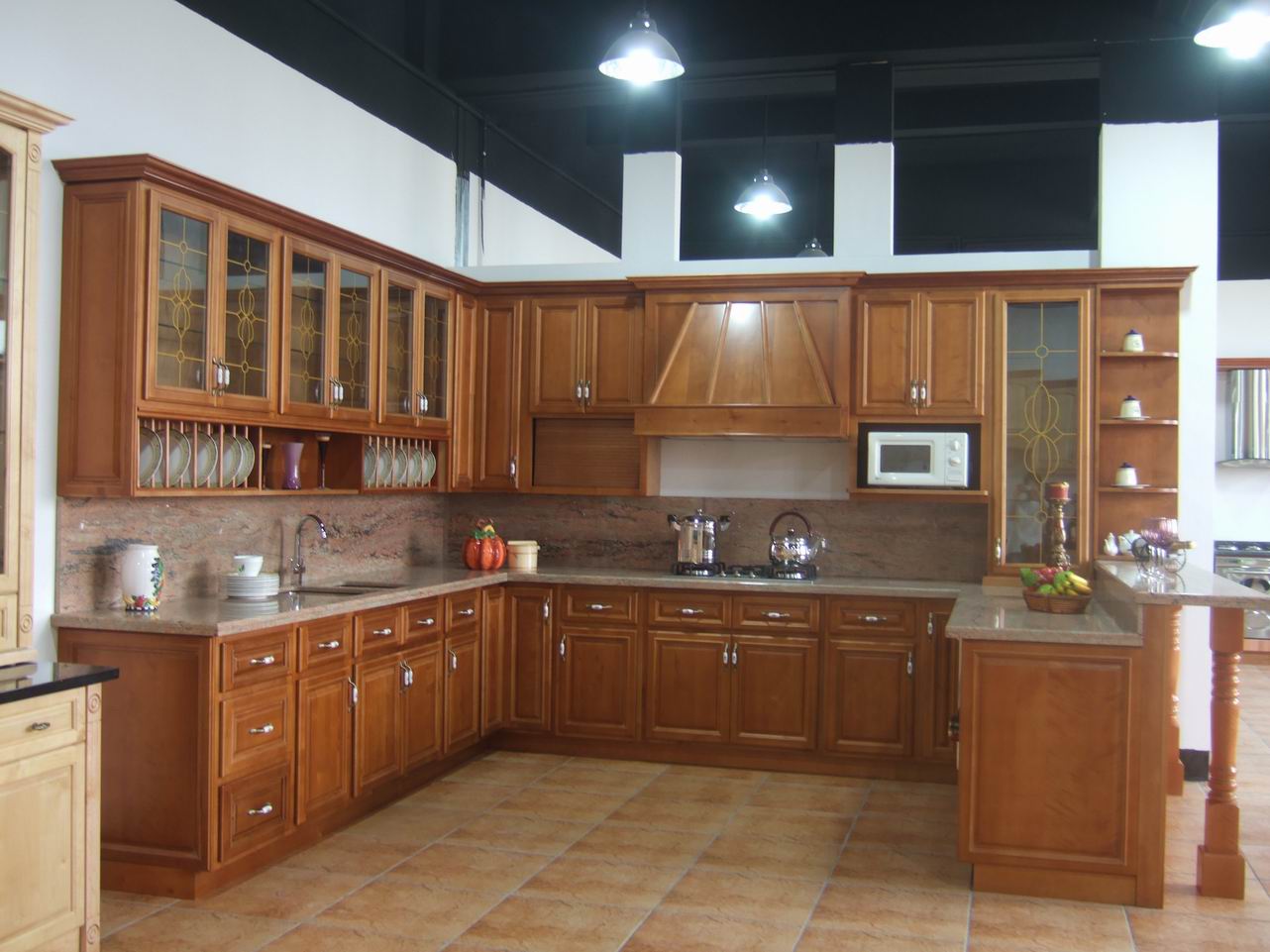
The layout of your kitchen plays a crucial role in its functionality and overall design. There are several common layouts to choose from, such as the L-shaped, U-shaped, and galley kitchen. It's important to consider the size and shape of your kitchen space when deciding on a layout. For example, a small kitchen may benefit from a galley layout, while a larger space can accommodate an L-shaped or U-shaped design. The layout should also allow for efficient movement and workflow between the main work areas, namely the sink, stove, and refrigerator.
2. Select the Right Materials

Choosing the right materials for your kitchen is essential in creating a functional and visually appealing space. Opt for durable and easy-to-maintain materials such as granite or quartz for countertops, and hardwood or tile for flooring. Consider the color and texture of the materials to ensure they complement your chosen style and color scheme. It's also important to keep in mind the cost and availability of the materials when making your selection.
3. Pay Attention to Lighting

Proper lighting is often overlooked in kitchen design, but it can make a significant difference in the overall look and feel of the space. Consider incorporating a mix of task, ambient, and accent lighting to create a well-lit and functional kitchen. Pendant lights above the kitchen island or under-cabinet lighting are great for task lighting, while recessed lights or a chandelier can provide ambient lighting. Accent lighting, such as spotlights or strip lighting, can add a touch of drama and highlight specific areas in the kitchen.
4. Don't Forget about Storage

Storage is a crucial aspect of kitchen design, as it helps keep the space clutter-free and organized. Consider incorporating different storage options such as cabinets, drawers, and shelves to cater to your specific needs. Utilize vertical space by installing tall cabinets or adding open shelving above the countertop. You can also incorporate hidden storage solutions such as pull-out pantries or hidden drawers in the kitchen island.
By following these additional steps, you can ensure that your kitchen design not only meets your needs and style preferences but also functions efficiently and stands the test of time. Keep in mind that a well-designed kitchen should not only be visually appealing but also practical and functional. So take your time, do your research, and consult with professionals to create the kitchen of your dreams.





